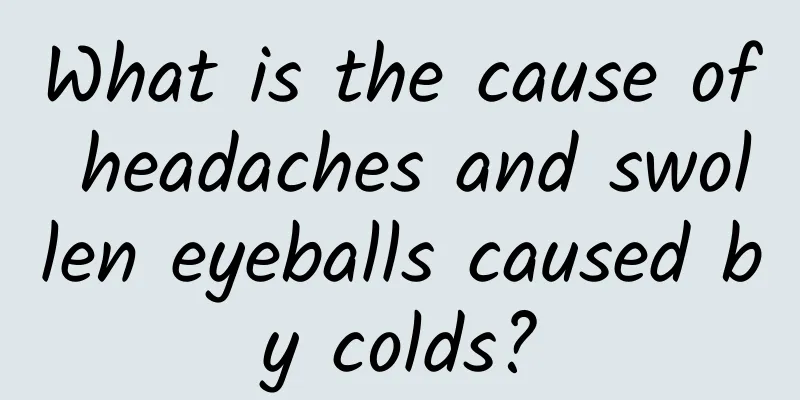What is the function of the prostate?

|
What is the prostate? Sometimes we hear some medical terms, such as prostatitis, prostate cancer, prostate enlargement, etc. In fact, the prostate is a male sexual organ. It is located near the genitals. It is also a part that is prone to inflammation, and it has a certain relationship with occupations, such as drivers and long-term desk workers. So, what is the function of the prostate? Let's take a look. Physiological functions of the prostate: The prostate is a very rare sex gland in the human body that has both internal and external secretory functions. As an exocrine gland, the prostate secretes about 2 ml of prostatic fluid every day, which is the main component of semen; as an endocrine gland, the hormones secreted by the prostate are called "prostaglandins". First, it has exocrine function. The prostate is the largest accessory gland in men and one of the exocrine glands in the human body. It can secrete prostatic fluid, which is an important component of semen. It plays an important role in the normal function of sperm and is very important for fertility. The secretion of prostatic fluid is regulated by male hormones. Second, it has endocrine function. The prostate contains abundant 5α-reductase, which can convert testosterone into more physiologically active dihydrotestosterone. Dihydrotestosterone plays an important role in the pathogenesis of benign prostatic hyperplasia. By blocking 5α-reductase, the production of dihydrotestosterone can be reduced, thereby causing the hyperplastic prostate tissue to atrophy. Third, it has the function of controlling urination. The prostate surrounds the urethra and is close to the bladder neck, forming the proximal urethral wall. Its annular smooth muscle fibers surround the prostatic part of the urethra and participate in the formation of the internal urethral sphincter. When the urge to urinate occurs, the detrusor muscle contracts and the internal sphincter relaxes, allowing urination to proceed smoothly. Fourth, it has a transport function. The urethra and two ejaculatory ducts pass through the prostate. When ejaculating, the muscles of the prostate and seminal vesicles contract, which can push the contents of the vas deferens and seminal vesicles into the posterior urethra through the ejaculatory ducts and then excrete them out of the body. In summary, the prostate has four important functions and plays an important role in the human body. |
<<: How to treat male breast hyperplasia
>>: What causes urethral itching in men?
Recommend
Seven life tips for men to stay healthy
In life, many male friends don’t pay much attenti...
How many almonds should be eaten at one time? What foods are incompatible with almonds?
It is well known that almonds are a kind of food ...
What happens when my penis becomes soft during sex?
I believe that many people no longer think sex is...
How to cure spermatorrhea?
For teenagers, spermatorrhea is a very normal phe...
What to do if you have bleeding during ejaculation?
With the progress of society and the era of scien...
What does phimosis mean?
I believe many people have heard of the word phim...
Effects and precautions of Bazi Kidney-tonifying Capsules
Bazi Bu Shen Capsule is a commonly used kidney-to...
Insomnia, irritability and anger, do men also have menopause?
In the eyes of most people, men should be carefre...
Is 46xy chromosome normal?
Young couples nowadays go to the hospital for pre...
Men are troubled! What is the reason for the pimple on the penis?
If men want to maintain strong sexual ability and...
What to do if the penis is not straight?
A man's penis is essential for sex. Because t...
Will it affect sperm quality if you don't have sex for a long time?
The quality of sperm is directly related to wheth...
Men don’t need to worry if their semen is occasionally thick!
Men's semen is crucial in conceiving children...
Can persistent exercise cure premature ejaculation? Is it effective?
For male friends, all kinds of health risks shoul...
The harm of drinking milk tea for boys
Milk tea shops are very popular with many people,...









